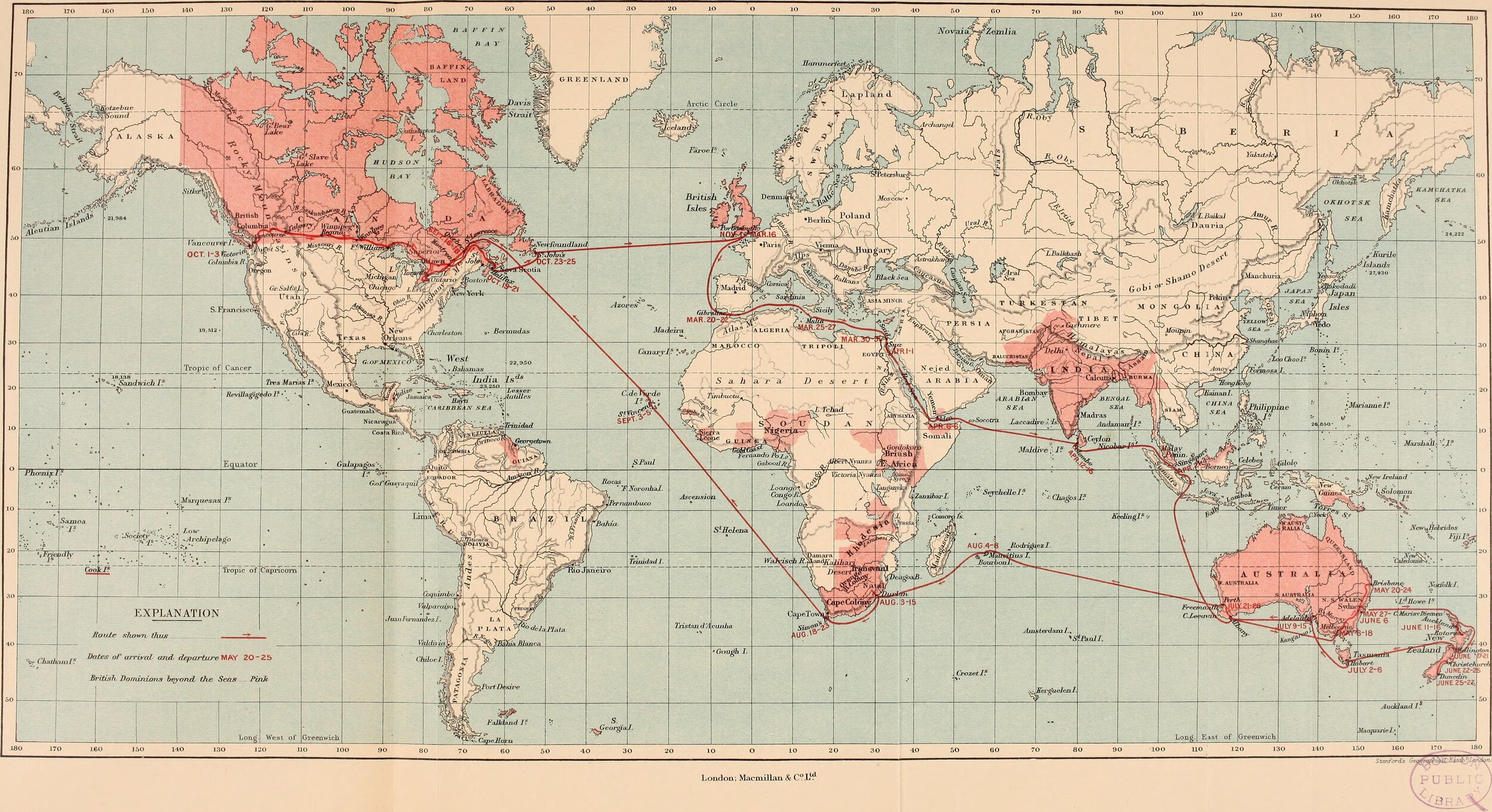
Part 5:
1945 to 2020: The Big Picture
#84 Chinese Economic Growth after Mao: Part 2
China created coherent development strategies from 1949 onward. She opened her economy to the rest of the capitalist world after the end of the 1970s – a point in history when the capitalist world was beginning to develop its own 'neo-liberal' system of globalisation . This was just at the time when the West created the conditions for the free movement of capital. Neo-liberal policies were consciously intended to allow Western corporations to move their factories to where labour was cheap. At the same moment in history, China was opening her doors to receive Western companies who wished to use the cheap labour of China, spare resources, and industrialisation: the build-up of spare capacity.
#77 Global Economic Struggle over 50 Years: Monopoly and Oligopoly
In principle, capitalism has supposedly been a myriad of small companies in every field competing against each other. However, in practice, this has rarely been the case. Once the allocating principle of resources and the ‘free market' became established from the early 19th century, capital has always been drawn upwards in a vortex of profit. Small companies became established as legal entities with limited liability through shares from the 1830s. Shareholding of course goes back to monopoly trading companies in the early 1600s, established by parliament. After the 1830s, shares of profitable small companies were bought out by larger companies until only a few companies are left in the marketplace.
#76 Gold, Dollars and World Trade
The dollar system for trade works well enough for the Western countries. But for any country which the USA disapproves of, she imposes 'sanctions' and that limits the availability of dollars for trade. Cuba has been sanctioned for decades by the USA. Today there are now many new examples: Russia, Venezuela, North Korea, Iran, and Syria are perhaps the main sanctioned countries. Domestic banks across Europe are forced to demand that their customers conform to US foreign policy.
There are now movements to combat these hindrances. China has for some years wanted to use her currency, the renminbi, for world trade. China has already begun to avoid the dollar system, which regularly infuriates the leaders in Washington.
#75 The New Economic Normality 1971-2020: The Market and Neo-Liberalism
The essence of free-market ideology since the first half of the 19th century until now has been that competing firms were efficient and represented the best way to run society. Governments would overspend; organised labour is selfish; barriers to the movement of capital services and labour should be reduced to the minimum. This is neo-liberalism in a nutshell. The reality is, of course, very different, as firms tend to move to monopoly or oligopoly, and so inequality increases. This is not the place to expand the argument into economic theory. Neo-liberal economics has been widely practised across the world for the last 50 years.
#74 New Freedoms: the European Union before Neo-liberalism
The trades unions were freed after 1945 as never before, or since. From 1971, Trades Union freedoms were curtailed by Governments across Europe. After 1945, for the first time, trades unions became involved in the discussion of wage increases, they sat on board on national industrial policies. The Union movement that had first appeared on national scenes in the latter part of the 19th century was suddenly freed from the shackles of government legislation. And for a while, Union leaders thought this was to be the new normal. Over 25 years, there was a great expansion of militant trade union activity.




